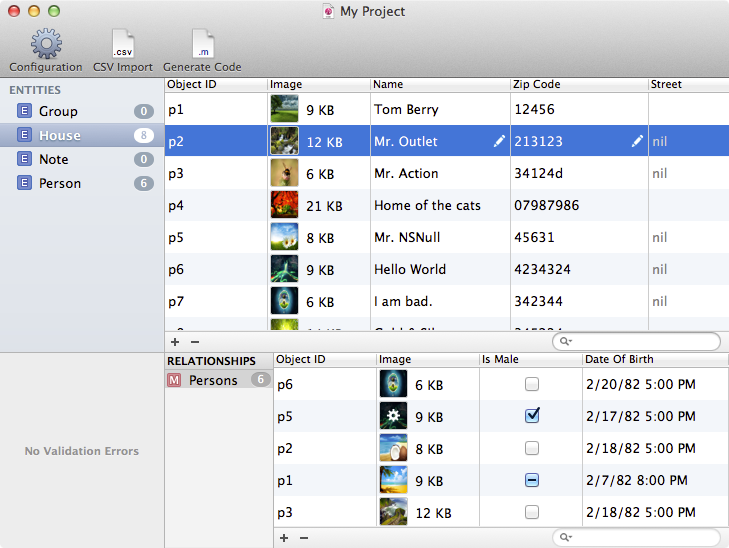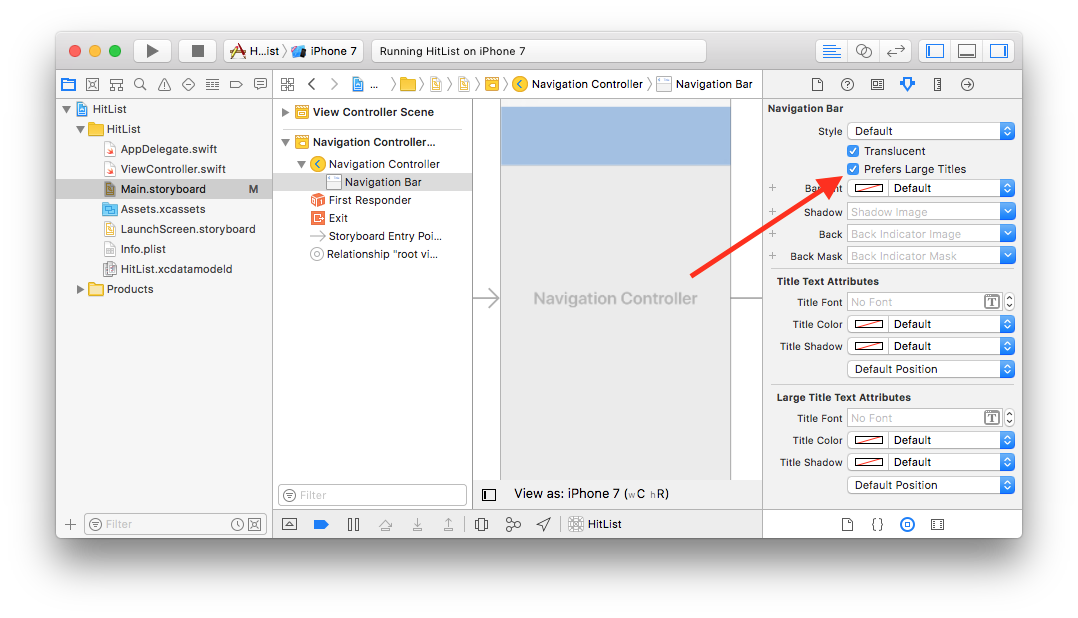

- #Core data editor app apk apk
- #Core data editor app apk install
- #Core data editor app apk android
- #Core data editor app apk code
- #Core data editor app apk mac
#Core data editor app apk android
I had created an Android application using SAP Netweaver Gateway Productivity Accelerator. – property files containing configuration data – files which are placed in the assets folder However, there’s still the valid use case to modify or replace files inside an existing. The reason is that after the modification, the checksum and the signature are not valid anymore. The following screenshot displays the error when installing the modified sample application myApp.apk on an Android device:
#Core data editor app apk apk
apk on the smartphone (or tablet or similar), you’ll get an error.
#Core data editor app apk install
So you can easily open it and view the files – although viewing most of the files won’t make you happy, because you’ll realize that they’re compiled, in binary format, etcĪnyways, you can open the archive and then modify any resource file and save the modification in the archive.īut if you afterwards try to install the. apk file is a simple archive that can be opened with any packager like e.g. apk file represents the mobile application as it is installed on a mobile device, like smartphone, tablet, wearable, etc. Have a look at the issue tracker to find out what should be done next.Today I’d like to share with you my findings about how an existing. If you want to contribute send me pull requests. That being said there should be little reason to introduce a new coordinator subclass. It's main purpose is to introduce a different add/remove behavior: Adding a managed object to a to-one relationship does only make sense if there is not already a related object present. CDEToOneRelationshipRequestDataCoordinator: A to-one coordinator is responsible for managing everything that has to do with an object that is part of a to-one relationship.CDEOrderedRelationshipRequestDataCoordinator: This coordinator works similar to the unordered version but in addition it creates an additional table column which contains the order index of the displayed managed objects.If a user wants to add an object this coordinator creates an object and establishes a relationship to the original object. CDEUnorderedRelationshipRequestDataCoordinator: This class is used by a managed objects view controller that wants to display an unordered to-many relationship.It also allows the creation and deletion of objects. Internally a CDEEntityRequestDataCoordinator sets up an NSArra圜ontroller to do the heavy lifing. CDEEntityRequestDataCoordinator: If a managed objects view controller wants to display ALL objects that belong to a specific entity it simply creates an CDEEntityRequestDataCoordinator.Most of the methods have a default implementation. This class has a lot of methods for the abilities described above. auto save entity related information (column width, column ordering)Ī data coordinator is represented by an instance of CDERequestDataCoordinator.create object values for the rows/columns of the table view.prepare a table view (= create the table columns needed to display the managed objects).Data CoordinatorsĪs already mentioned each managed objects view controller is powered by a data coordinator. A data coordinator abstracts all the differences away and every managed objects view controller is powered by a data coordinator. This is where data coordinators come into play. It works even though displaying ALL objects that belong to a specific entity works differently than just displaying an object that is part of a to-one relationship. So, you can throw almost any request at a managed objects view controller and it will just work.

Allow the user to add and/or remove managed objects.Ī managed objects view controller can display all objects from a specific entity or all objects that are related to an object with regards to a specific relationship (which can be a to-one, to-many (ordered or unordered)).Manage a search field that allows the user to filter the currently displayed managed objects.Display 0-n managed objects in a table view.This class is very important because it is responsible for a lot of different things:
#Core data editor app apk code
A large chunk of code simply deals with that aspect. ArchitectureĬore Data Editor is all about displaying and editing managed objects. If you want to support Core Data Editor you can donate via PayPal.ĭownload the sources, open the workspace in Xcode and hit build and run. It is recommended that you take your time and go though the setup process. You can skip over each and every step if you know what you are doing.
#Core data editor app apk mac
Core Data Editor is compatible with Mac and iOS applications and supports XML, SQLite and binary stores, visualizes all relationships and is able to edit the data and generate Objective-C code for the data model.Ĭore Data Editor will guide you through a short setup process when you initially launch the app. Core Data Editor lets you easily view, edit and analyze applications‘ data.


 0 kommentar(er)
0 kommentar(er)
